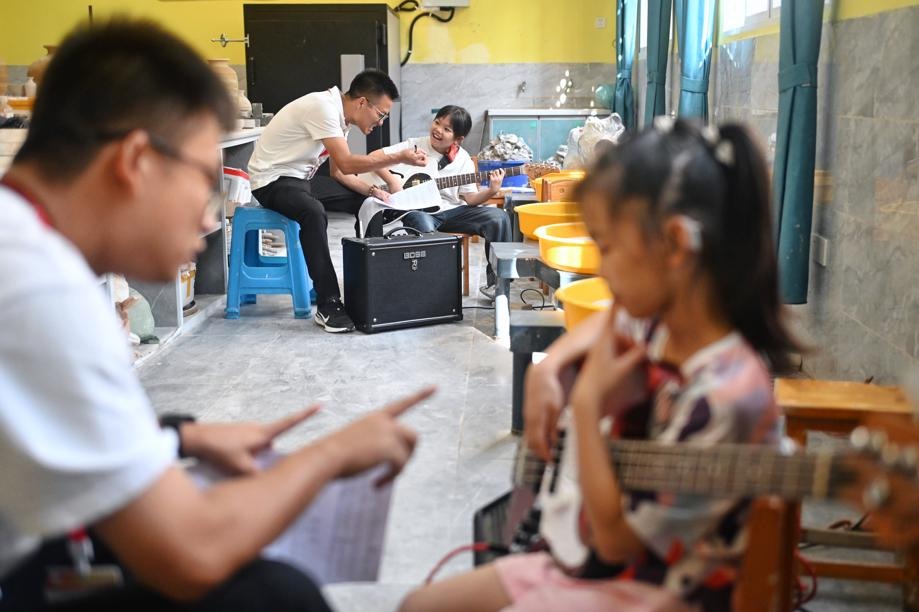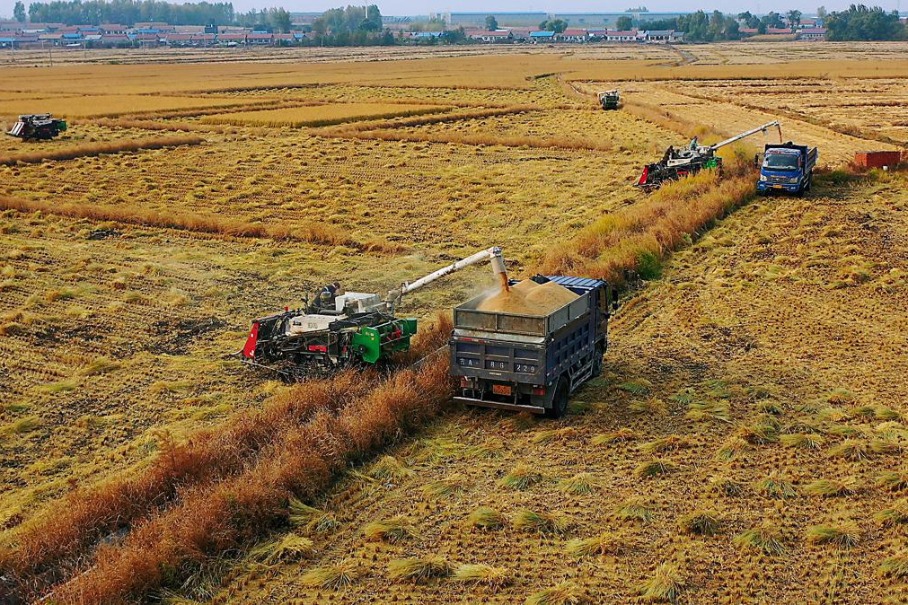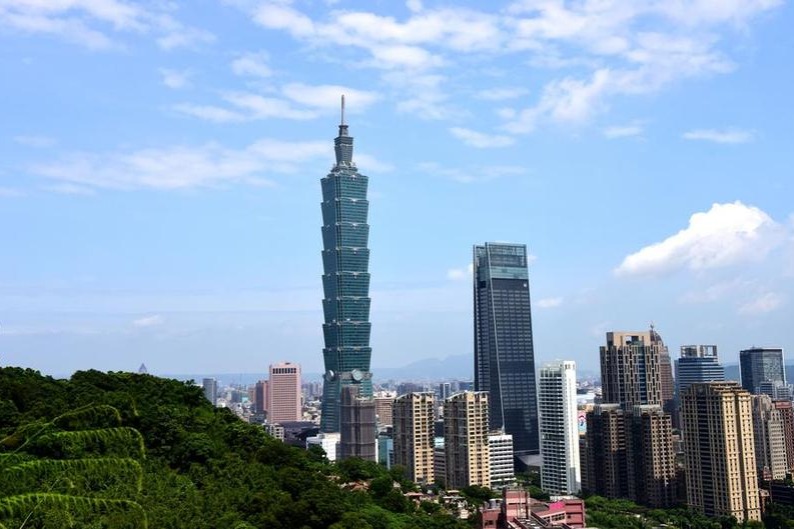Xizang records significant progress in cultural preservation, livelihood improvement: report

BEIJING -- Significant progress has been made in preserving cultural relics, ancient sites, historical settlements, and intangible cultural heritage across Southwest China's Xizang autonomous region in recent years, ensuring systematic protection of the rural cultural heritage of the region, according to a think tank report released on Thursday.
Titled "Harmony Between Tradition and Modernity: Rural Development and Cultural Inheritance in China's Xizang," the report was jointly released by China Foundation for Human Rights Development and National High-level Think Tank of Xinhua News Agency in both Chinese and English.
As of December 2024, Xizang has surveyed and registered 4,468 cultural heritage locations, and 2,373 cultural heritage sites protected at various levels, including 70 under national key protection, the report states.
The region is home to one UNESCO World Cultural Heritage site consisting of three locations: the Potala Palace, the Norbulingka, and the Jokhang Temple. The Epic of King Gesar, Tibetan Opera, and the Lum medicinal bathing of Sowa Rigpa of Xizang have been inscribed on UNESCO's Representative List of the Intangible Cultural Heritage of Humanity.
Xizang places strong emphasis on preserving traditional Tibetan architectural craftsmanship, according to the report, which adds that the central government allocated 83 million yuan (about $11.7 million) during the 14th Five-Year Plan period (2021-2025) to support the conservation of historic towns and villages, including Sakya Town, Jedexoi Town, and Congo Village.
These efforts aim to restore and protect traditional Tibetan architecture, upgrade infrastructure, and improve the living environments, it says.
Efforts have also been made to ensure the effective inheritance, protection, and development of various intangible cultural heritage projects, according to the report.
Boasting 2,760 representative intangible cultural heritage items of various levels, the region registers 1,668 representative inheritors, according to the report, adding that the recording work for 66 elderly national-level and 8 autonomous-region-level representative inheritors has been completed and a total of 224 intangible cultural heritage workshops have been set up.
The report notes that 80 percent of intangible cultural heritage items are rooted in rural areas, and 90 percent of intangible cultural heritage inheritors are farmers and herders, according to the report.
The lives of people in rural Xizang have undergone dramatic changes since the establishment of Xizang autonomous region 60 years ago, it says.
In 2024 alone, Xizang allocated 5.19 billion yuan to build 300 new harmonious and beautiful plateau villages, enhancing both public health and rural living environments.
Meanwhile, by 2024, the total mileage of rural roads in Xizang had reached 94,800 kilometers, with 100 percent connectivity to all townships and administrative villages, forming a modern transportation network that covers the entire region, per the report.
Guided by the principle that "lucid waters and lush mountains are invaluable assets," eco-tourism has emerged as a "golden key" to enriching the local population, the report says. From 2016 to 2024, an average of 516,000 ecological protection positions were created annually for residents, it adds.
- Xizang records significant progress in cultural preservation, livelihood improvement: report
- China speeding up efforts to secure autumn grain harvest
- New study reveals key mechanisms of dryland shrub decline
- Chinese team designs lead-free, eco-friendly solar cells, breaking efficiency record
- South China's Hainan sees over 2 million inbound, outbound passengers this year
- China's Long March 8A rocket launches internet satellites





































